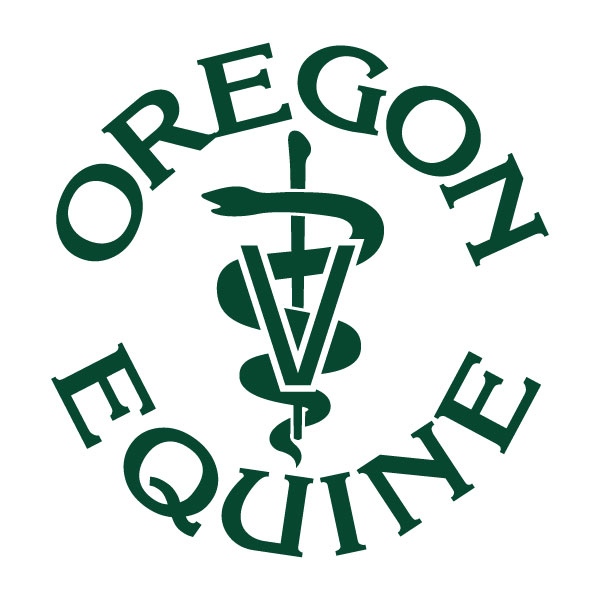Returning Your Horse to Work
Many horses have been off work or at a lower level of work with the “Stay at Home, Save Lives” directives in place. The resting horse loses muscle condition in four to six weeks, tendon and ligament responsiveness around six weeks, and bone concussion conditioning between eight to twelve weeks.
The body muscles and upper leg muscles of the horse provide strength while the tendons and ligaments of the lower legs provide shock absorption, elasticity, and energy conservation. When a horse is out of condition, the body and upper leg muscles are not as active, so more stress goes down to the lower legs. In turn, the tendons and ligaments of the lower limbs can become easily injured. If the horse has gained weight at the same time as they have lost muscle mass, the stress on the lower legs is much higher.
When starting the de-conditioned horse into work, it is imperative to keep in mind that whatever amount of time the horse has been out of work, it will take that same amount of time to bring them back into condition. For example, if the horse has been off work for eight weeks, it will take eight weeks to bring them back into the athletic state. The following general conditioning principles that will aid in returning your horse to competition shape.
General Conditioning Principals
The best conditioning results are from a consistent four to five days a work schedule.
An intense day of work needs to be followed by a day of light work or rest, so the tissues of the body can heal and adapt to the workload.
Proper nutrition is essential to rebuild muscles.
Rest is especially important so that the repair process can continue, and the horse is not overworked and then injured.
Weight Loss and Cardiovascular Conditioning
Walking is the best gait for weight loss and the start of cardiovascular conditioning.
Working up and down the intensity of the walk will help burn more calories and condition the muscles. A nice warm-up walk, followed by an active walk with impulsion, will give better results and be more challenging to the cardiovascular system.
Muscle Building
Muscle atrophy in an under conditioned horse.
To aid in even muscle development and conditioning, work the horse the same amount of time in the clockwise and counterclockwise directions or a large figure-eight pattern.
Ground poles are an excellent way to help build the horse’s core and leg muscles. Ground poles should be adjusted to your horses’ stride. Start with one or two poles at a walk and work with your trainer to increase the number, configuration, riding time, and gaits.
Pole conditioning will take several weeks of consistent work and provides core and leg muscle development as well as neural plasticity and tendon and ligament strengthening.
Core Exercises
Treat stretches, and sternal lifts will aid in core development and are the most useful post-exercise.
A chiropractic adjustment will help build core strength, aid in a better range of motion, and assist with correct body development as your partner goes back to full exercise.
I hope you all enjoy your time back with your horses! If you find there is any lameness, adjustment needs, medical issues, or other concerns you would like help with, please let me know.
Thank You,
Doc Wilson
A well condition sporthorse.



